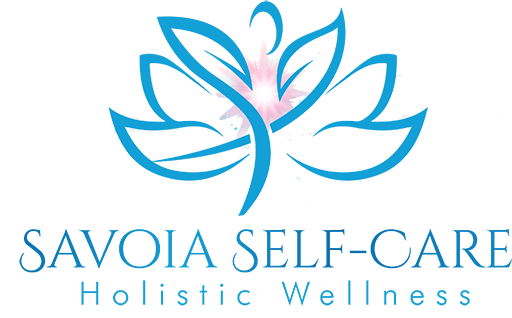BREATHE RIGHT
Happy Self-Care Sunday! What are you doing for YOU this self-care Sunday? I
promised to share some photos from my recent trip to Guatemala. If you’re
interested in visiting this part of the world, I highly recommend it – such a beautiful
country. Check out this post on my Instagram or Facebook. Did you know that giving out compliments is one way to express gratitude? Try it.
🙏🏽 Gratitude Practice 🙏🏽
I challenge you to give 3 compliments today to 3 different people.
🌸 ====== 🌸
How can Breathwork be your new High-Performance Habit?
Check in with yourself and notice how you are breathing as you read this — does your belly move out when you take an in-breath or do your shoulders and chest rise?
If your belly’s not moving, you’re not doing it right. In performance terms, your breathing is sub-optimal. Shallow breathing or even just breathing through our mouths most of the time is a common reaction to uncertainty and discomfort. This is where “breathwork” comes in. Breathwork requires conscious engagement with specific patterns of breathing to unlock the potential benefits that include increased focus, reduced anxiety, decreased negative effects of stress and inflammation, better quality sleep and even a longer life.
I invite you to join the monthly online New Moon Breathwork Experience and be part of the breathwork revolution. Purchase your tickets here.
Your lung capacity is the total amount of air that your lungs can hold. Over time, our lung capacity and lung function typically decrease slowly as we age after our mid-20s. Some conditions such as asthma can significantly speed up the loss of lung capacity and functioning. This leads to difficulty in breathing and shortness of breath. Breathwork exercises can help maintain lung capacity, making it easier to keep your lungs healthy and get your body the oxygen it needs.
There are distinctive benefits to yogic breathing techniques but you don’t have to do them all. Experiment with their effects and see what suits you. They are all beneficial, help you relax, decrease your stress levels, help you breathe deeper and better during your training, and improve your focus. It’s a good idea to make some of these techniques a part of your routine. It can be something you do after waking up or before going to sleep. Or you can start or finish your Yoga practice with one of them. Breathing techniques are nothing mysterious, they are a great tool to better health and performance, supported by science. Many Olympic level athletes, such as Michael Phelps – the most decorated Olympian of all time – use them as a part of their daily routine so give them a go! Check out my amazing podcast “10 Cancer Coping Strategies” #46 on the Self-Care Goddess Podcast.
Here are some quick steps to practice Diaphragmatic Breathing:
- Sit upright in a chair, or lie down on the floor with your knees bent. Close your eyes and visualize your shoulders melting away from your ears.
- Place the hand that you write with beneath your navel and the other hand just above your navel.
- Breathe in deeply through your nose into your hand just below your navel. Allow this area to fill like a balloon. Next, feel your rib cage, where your other hand is, expand as the middle portion of the lungs are filled. Finally, fill the upper third of the lungs.
- Exhale slowly, contracting your belly as you breathe out.
- Keep your focus on each inhale and exhale.
- Repeat for five to 10 minutes and then go about your regular workout.
For more information on how you can incorporate proper breathing techniques to benefit your overall health subscribe to my YouTube channel.

I am a certified Breathwork Facilitator. Connect With Me to know more on the amazing power of breathwork and learn some breathwork techniques than can help you better manage yourself.
References:
https://www.active.com/fitness/articles/breathing-techniques-to-improve-your-performance

